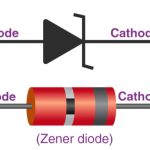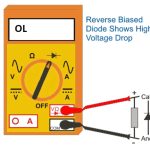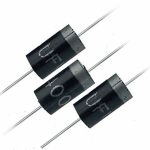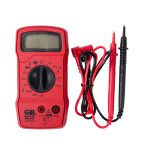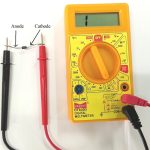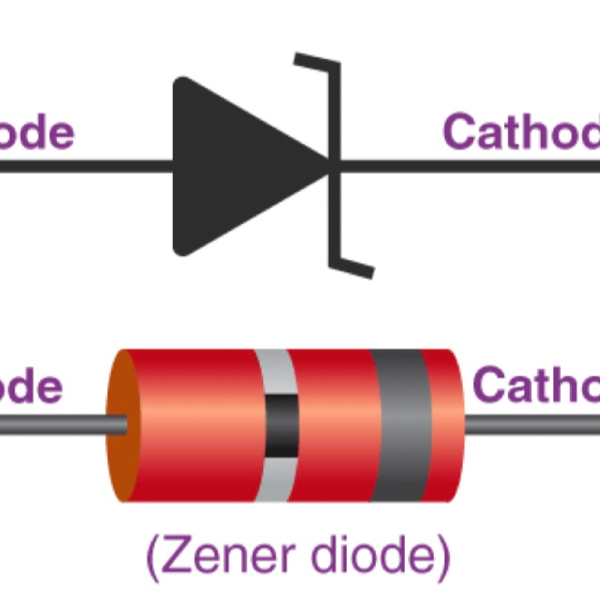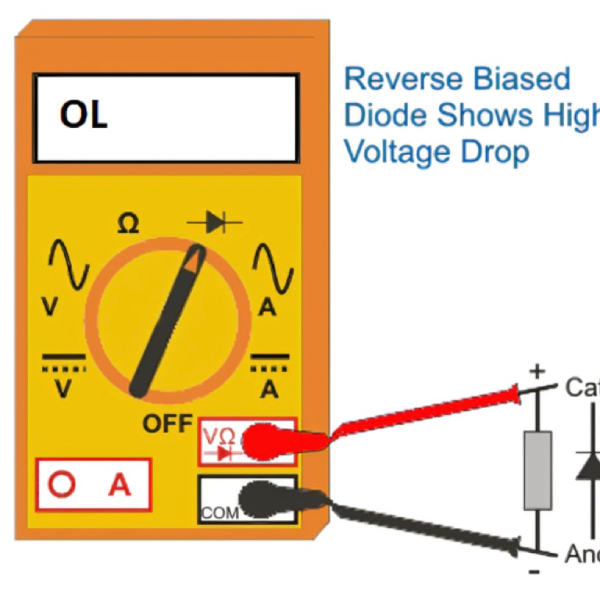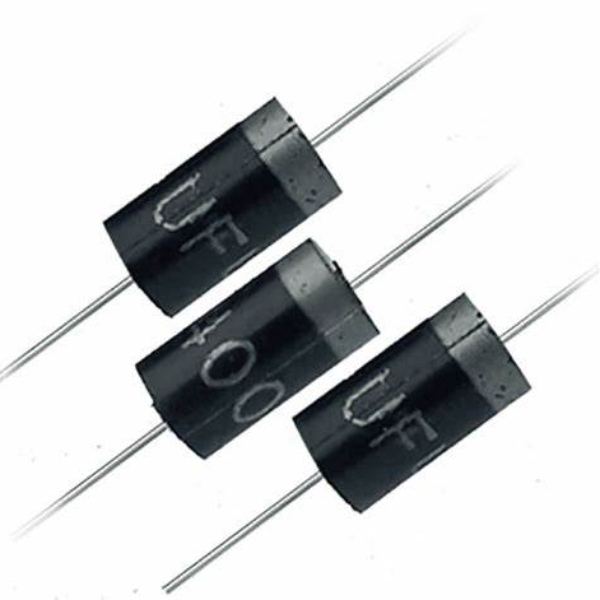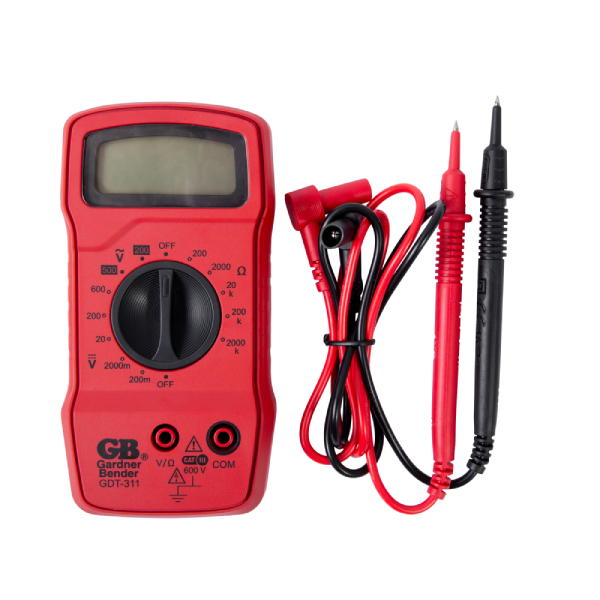 Introduction:
Introduction:
The power rating of a resistor is a critical specification that indicates the maximum amount of power the resistor can safely dissipate without overheating or damaging itself. It plays a crucial role in determining the appropriate resistor for a particular application and ensuring reliable operation of electronic circuits. In this comprehensive guide, we will explore the definition, importance, factors affecting power rating, and practical considerations associated with resistor power ratings. By understanding these aspects, you can confidently select and utilize resistors with the appropriate power ratings for your electronic designs.
 Definition and Significance of Resistor Power Rating
Definition and Significance of Resistor Power Rating
Definition:
The power rating of a resistor, measured in watts (W), indicates the maximum amount of power the resistor can continuously handle under specified conditions without overheating.
It is crucial to choose a resistor with a power rating that exceeds the power dissipation requirements of the application to ensure safe and reliable operation.
Significance:
Exceeding the power rating of a resistor can cause it to overheat, leading to drift in resistance value, changes in electrical characteristics, or even physical damage.
Selecting a resistor with an appropriate power rating helps maintain stability, accuracy, and longevity in electronic circuits.
Factors Affecting Resistor Power Rating
Resistance Value:
Higher resistance values typically generate more heat than lower resistance values when the same current flows through them.
Resistors with higher resistance values may require higher power ratings to handle the heat dissipation.
Ambient Temperature:
The ambient temperature, or the temperature of the environment in which the resistor operates, impacts its ability to dissipate heat.
Higher ambient temperatures reduce the resistor’s ability to dissipate heat, thereby necessitating a higher power rating resistor.
Heat Dissipation Mechanisms:
Certain resistor types, such as surface mount resistors and power resistors, have different heat dissipation mechanisms.
Advanced heat sink designs, larger surface areas, and additional cooling measures can allow resistors to handle higher power dissipation.
 Practical Considerations for Resistor Power Ratings
Practical Considerations for Resistor Power Ratings
Derating:
It is good practice to operate a resistor below its maximum power rating to allow for margin or derating.
Operating at lower power than the maximum rating ensures improved reliability and avoids the risk of overheating in diverse operating conditions.
Power Calculations:
Accurate power calculations are essential to determine the power rating required for a resistor in a given circuit.
Consider the voltage across the resistor, the current flowing through it, and the relationship between power, voltage, and current (P = IV) to calculate power dissipation.
Power Rating Selection:
When selecting resistors, ensure that the chosen power ratings adequately exceed the calculated power dissipation.
Taking into account derating requirements, select resistors with power ratings higher than the calculated power dissipation to ensure long-term reliability.
Impact of Power Rating on Resistor Selection
Chip Resistors:
SMD (Surface Mount Devices) or chip resistors are widely used in compact electronic designs.
Select chip resistors with appropriate power ratings to match the power dissipation requirements and avoid reliability issues.
Power Resistors:
Power resistors are designed specifically to handle high-power applications and generally have higher power ratings than standard resistors.
These resistors come in various packages and configurations suitable for applications with high power dissipation needs.
Variable Resistors:
Variable resistors, such as potentiometers and trimmers, also have power ratings that need to be considered.
Select variable resistors with adequate power ratings based on the worst-case scenario of power dissipation.
 The steps to measure resistance:
The steps to measure resistance:
To measure resistance, you will need a multimeter. Here are the steps to measure resistance:
Multimeter Setup:
Turn on the multimeter and set it to the resistance (Ω) function. Some multimeters have a dedicated resistance mode, while others may require switching to the appropriate range manually.
Power Off:
Ensure that the circuit or device you are measuring resistance in is powered off. This is important to avoid any current flow that may interfere with the measurement or cause damage to the multimeter.
Disconnect from Power Source:
If the circuit or device has a power source, disconnect it to ensure there is no voltage present while measuring resistance.
Select Range:
Select an appropriate resistance range on the multimeter. If you’re unsure about the resistance, start with the highest range and gradually decrease until you get a more accurate reading.
Connect the Probes:
Take the multimeter probes and connect them across the component or area of the circuit where you want to measure resistance. The red probe should be connected to the higher potential side (e.g., positive terminal) and the black probe to the lower potential side (e.g., negative terminal).
Read the Measurement:
Once the probes are connected, the multimeter will display the resistance value in ohms (Ω). Read and note the value displayed on the screen.
Interpret the Measurement:
Compare the measured resistance value with the expected or desired resistance. If it falls within an acceptable tolerance range, the component or circuit is functioning as expected. If the resistance is too low or high, it may indicate a faulty component or a problem within the circuit.
Power On and Reconnect:
If you disconnected the circuit or device, remember to reconnect the power source and ensure proper functionality once the resistance measurement is complete.
Make sure to use caution when working with electric circuits, and always follow proper safety procedures. If you are uncertain about the process or lack experience, it is advisable to seek assistance from a knowledgeable individual or a professional.
 Conclusion:
Conclusion:
The power rating of a resistor is a critical specification that affects its reliability, stability, and performance in electronic circuits. By understanding the definition, importance, factors affecting power rating, and practical considerations outlined in this comprehensive guide, designers and engineers can confidently select the appropriate resistors for their applications. By ensuring that the selected resistors have power ratings exceeding the calculated power dissipation and considering derating requirements, reliable and efficient operation of electronic circuits can be achieved. Let this guide serve as a valuable resource in your understanding and application of resistor power ratings in electronic designs, enabling you to make informed decisions and optimize the performance and reliability of your circuits.
